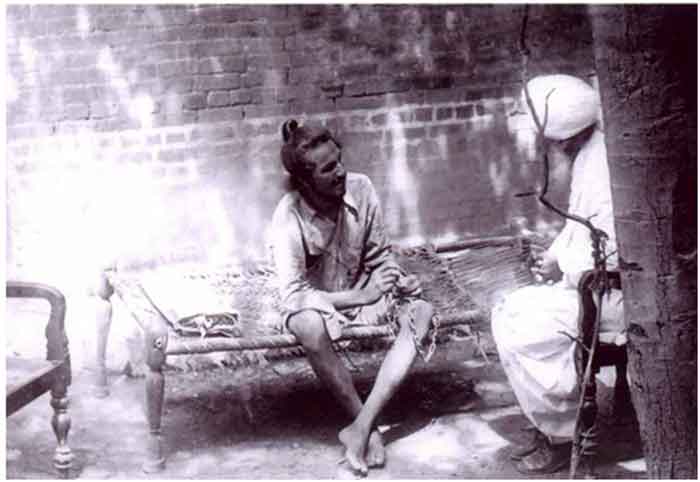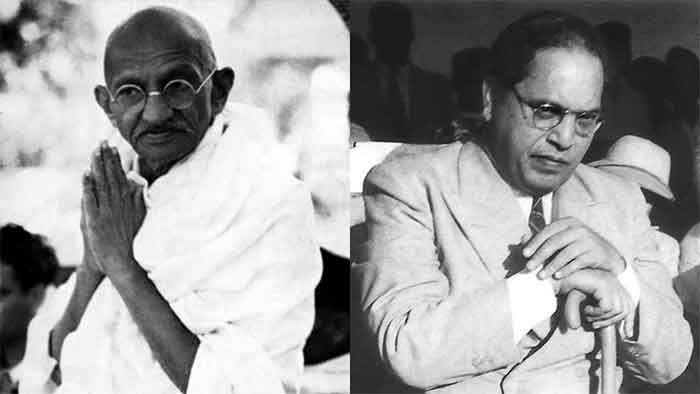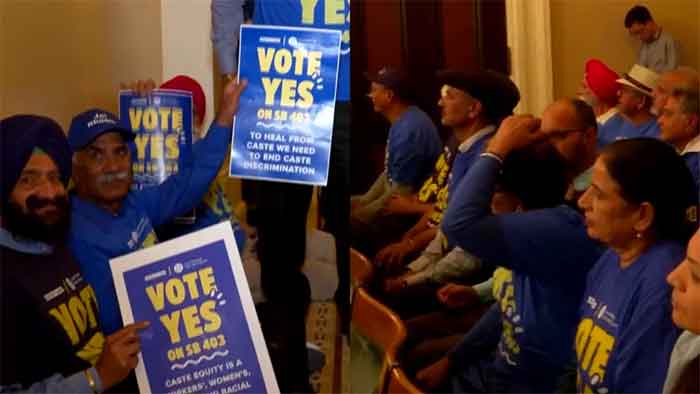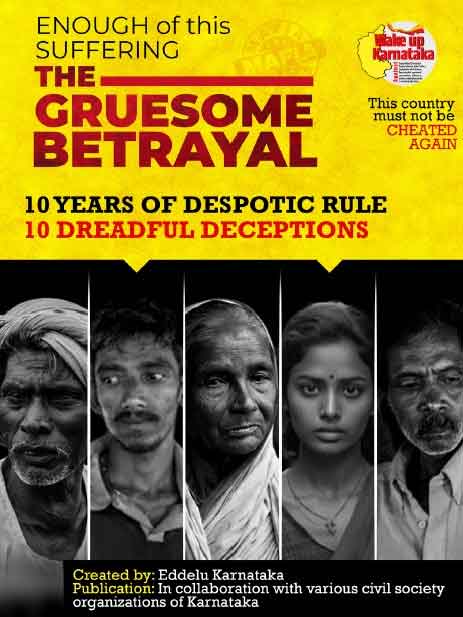
After the death of a Dalit girl from Hathras in a hospital at New Delhi, many video cameras turn to members of girl’s family to gather the know about of the incident. Many videos surfaced on social media showing girl’s brother speaking to a journalist just after the death of his sister, a grieving mother sitting on a soiled ground, distressed relatives over the bonnet of an Ambulance asking for taking the body of the girl to home one last time, a young teenager boy from girl’s family running away in fear of police after talking to journalists regarding the injustice done to victim’s family under state captivity. Latest video of the family showed family members talking to journalists and ASP leader Chandra Shekhar Azad regarding the fear of staying back due to the threats and a possible attack by Thakurs in the village. These videos, beyond its exclusive nature of breaking news for the news reporters and audiences, revealed many intriguing inherent vulnerabilities of being a Dalit in a hierarchical social structure based on chaturvarnya. This is an attempt to decipher the videos not just as mere visuals of media coverage of a gruesome incident, but as a frame unveiling the lives of Dalits in “modern” India and the impunity of upper caste perpetrators in a casteist and feudal structures of society and polity.
During a conversation with the girl’s brother in New Delhi, one journalist asked him what he wanted to say in memory of his sister. He was silent bowing his head and hands crossed. The Journalist was still expecting to hear something from him, but, as a response, there was a silence of helplessness and hopelessness rather a strong voice of outrage. It is primitive to believe that his silence was just the silence of an emotional brother who lost his sister. It was rather the silence of a Dalit whose morale, agency and voice have constantly been quashed by an oppressive social order.
In another video , girl’s father was seen listening to District Magistrate who was trying to convince him about the credibility of the state administration and the fugacious media attention on the case. DM was loud enough while ranting at a heart broken father. But what was even louder to a sensible audience was the naive silence and helplessness of a Dalit father in front of an unjust and unkind state might. The father sat quietly bowing his head. He remained voiceless despite being at the receiving end of an obdurate system.
One video featured father and brother explaining how the state administration was trying to pacify them with some petty offers. Moreover, the brother has explained how the family was threatened by the upper caste Thakur in the area saying “we will be sent to jail anyway, so we will kill two more people before going to jail”. This fear among the victims of Dalit community and the fearlessness and the impunity of the upper caste perpetrators was also evident in a case in UP where one Dalit man was forced to take down the body of his wife from pyre just before the cremation on the threat of the upper caste men in the village. The Dalit family later on decided not to even register a complaint out of fear of a possible attack by the upper caste perpetrators in the area. This indicates how the justice system in India fails to deliver justice to the victims and aggrandises certitude of the perpetrators.
Hathras Girl’s family was taken under captive by the state machineries. They were not allowed to communicate anything to the outside world. Nevertheless, one young teenager from the family managed to escape from the police and sought to talk to journalists about the condition of the family. One video showed the teenager boy running away from the journalists into a nearby field in fear of police. That visual again signalled the fear and vulnerability of a Dalit in an unequal social order and unjust political system.
In a latest video, girl’s family members were seen talking about their fear due to the threats given by the patriarchal and feudal Thakur community in the village. In another video, they were seen talking to ASP leader Chandrashekhar Azad and sharing their insecurity in the context of threats they received. These videos have clearly reflected the fear and helplessness that permeate into Dalit lives in this ‘modern’ India. The fear in their eyes, the helplessness on their face, trembles in their voices are not just the indication of an emotion of a rape victim’s family, rather the reflection of subjugation, subordination, submission, powerlessness of a Dalit in an oppressive social and political system. If one can sense the air of fear and helplessness of the family members in these videos, then that person understands what caste really means in India.
In contrast to the emotions of the Dalit family, a video showed the toxic masculinity and feudal bane of Thakur men at Hathras. The voices of those ‘macho men’ were loud with a sense of impunity even in the presence of some policemen. Undoubtedly, their fearlessness and courage come from their positioning as a privileged upper caste and upper class. It is no more surprising if the voice of a Dalit victim’s family is immersed in fear, insecurity and hopelessness in an oppressive social framework.
Dalits in India are not born submissive, subordinate and docile. They are rather made to be so by the social structure based on varna. The admixture of a caste and government structures excessively dominated by upper caste and brahmins disempower them from raising their voice and stops them from asserting their rights. Caste works not only in the form of physical or social distancing on the basis of one’s birth, but also works in the psychological realms of individuals. Caste is also an inconspicuous psychological onslaught on the oppressed by the oppressor through continuous, systematic and overt or covert methods of humiliation, degradation, shaming and disgrace. It thus mentally and psychologically disempowers the marginalised groups through social processing of dishonour and discredit in tandem with unjust political structures and law enforcement agencies. Those who are still doubtful of the impacts of oppressive structures of society and polity in creating fear among the victims and impunity among the perpetrators are passively responsible for making this country undemocratic and unequal. It’s high time that the socially privileged sections in this country relinquish their privileges and stand in solidarity with the marginalised in interrogating the patriarchal, casteist and feudal nature of society and polity, thereby building up a casteless nation.
Dr Rehnamol Raveendran holds PhD from JNU, New Delhi. She teaches Political Science in Delhi University
SIGN UP FOR COUNTERCURRENTS DAILY NEWSLETTER













































